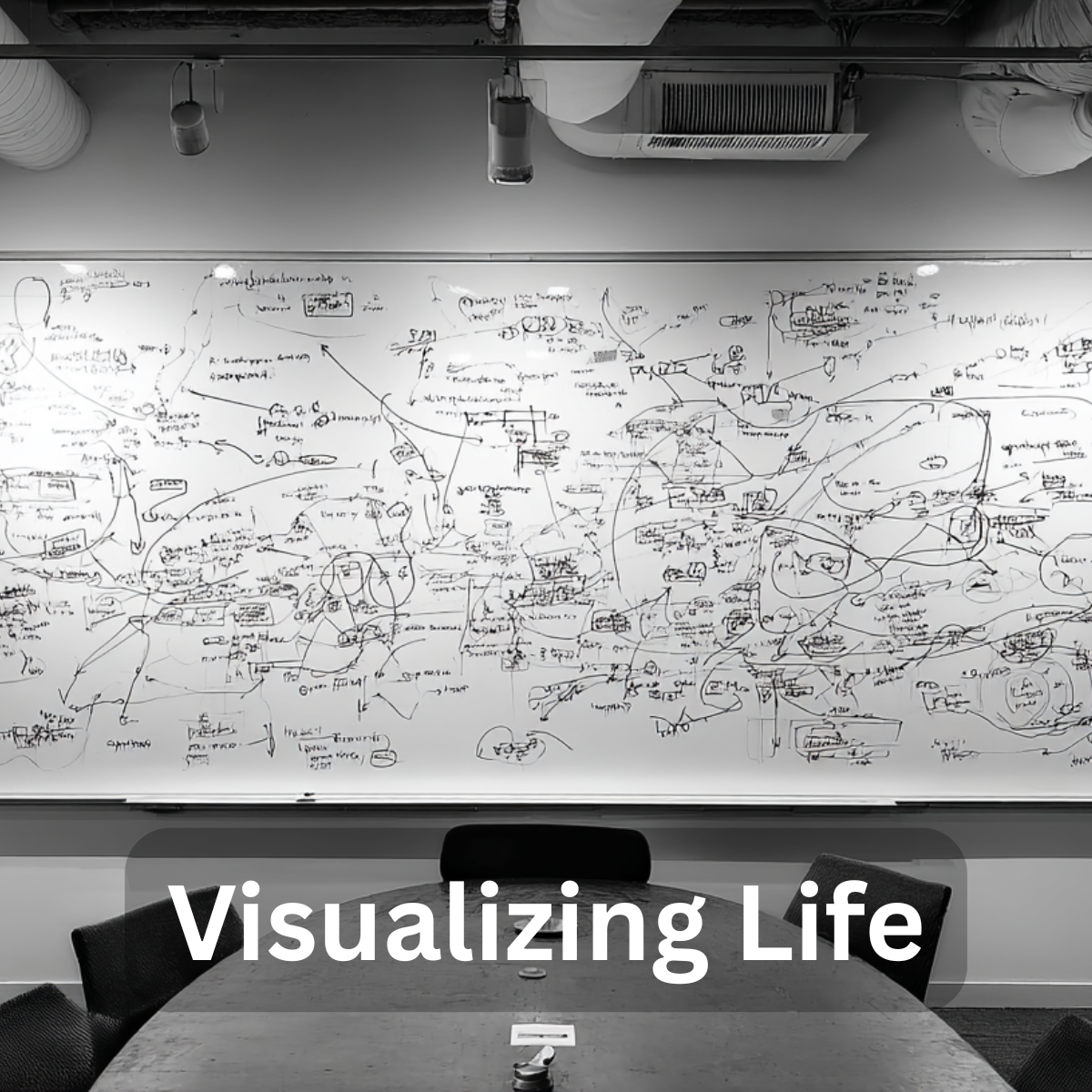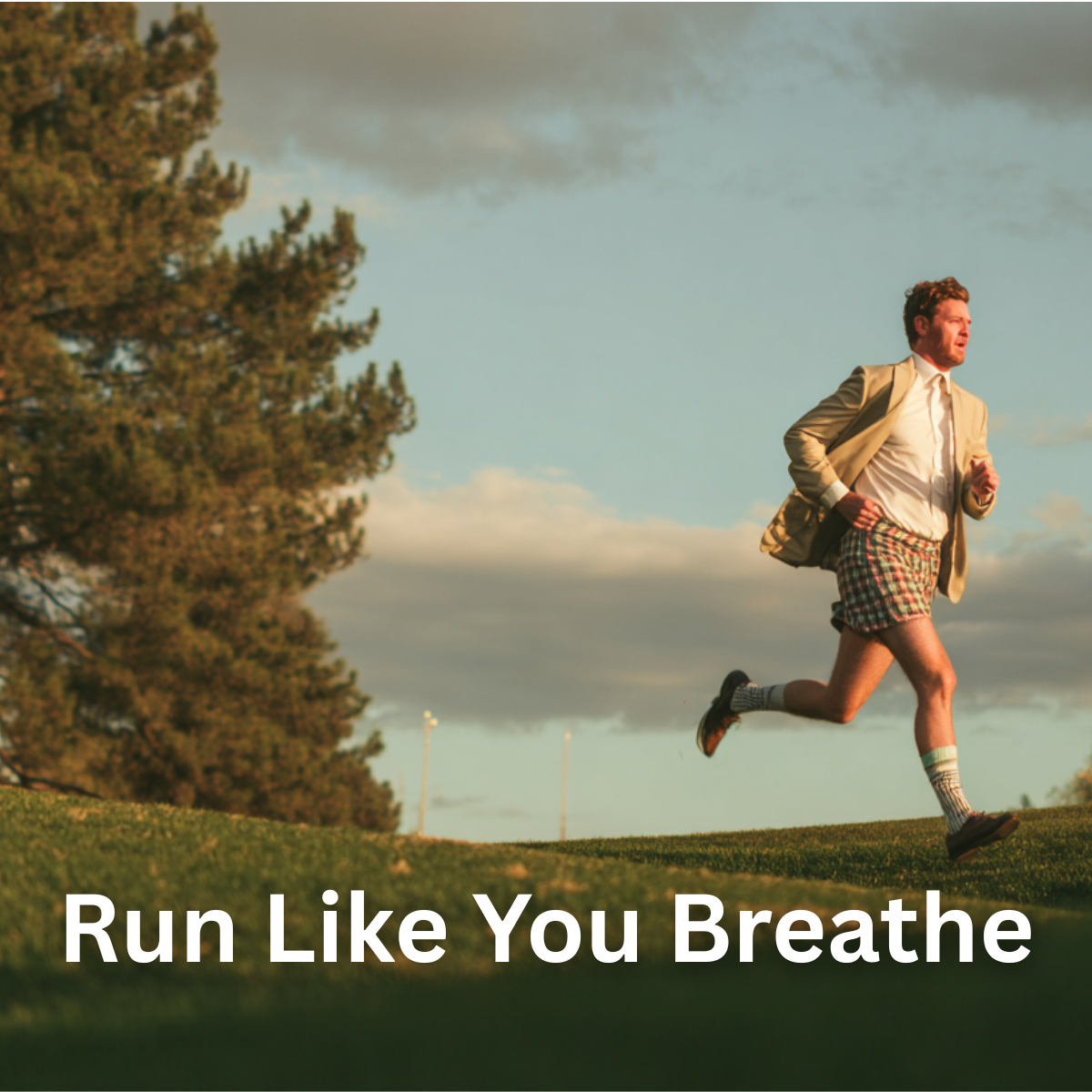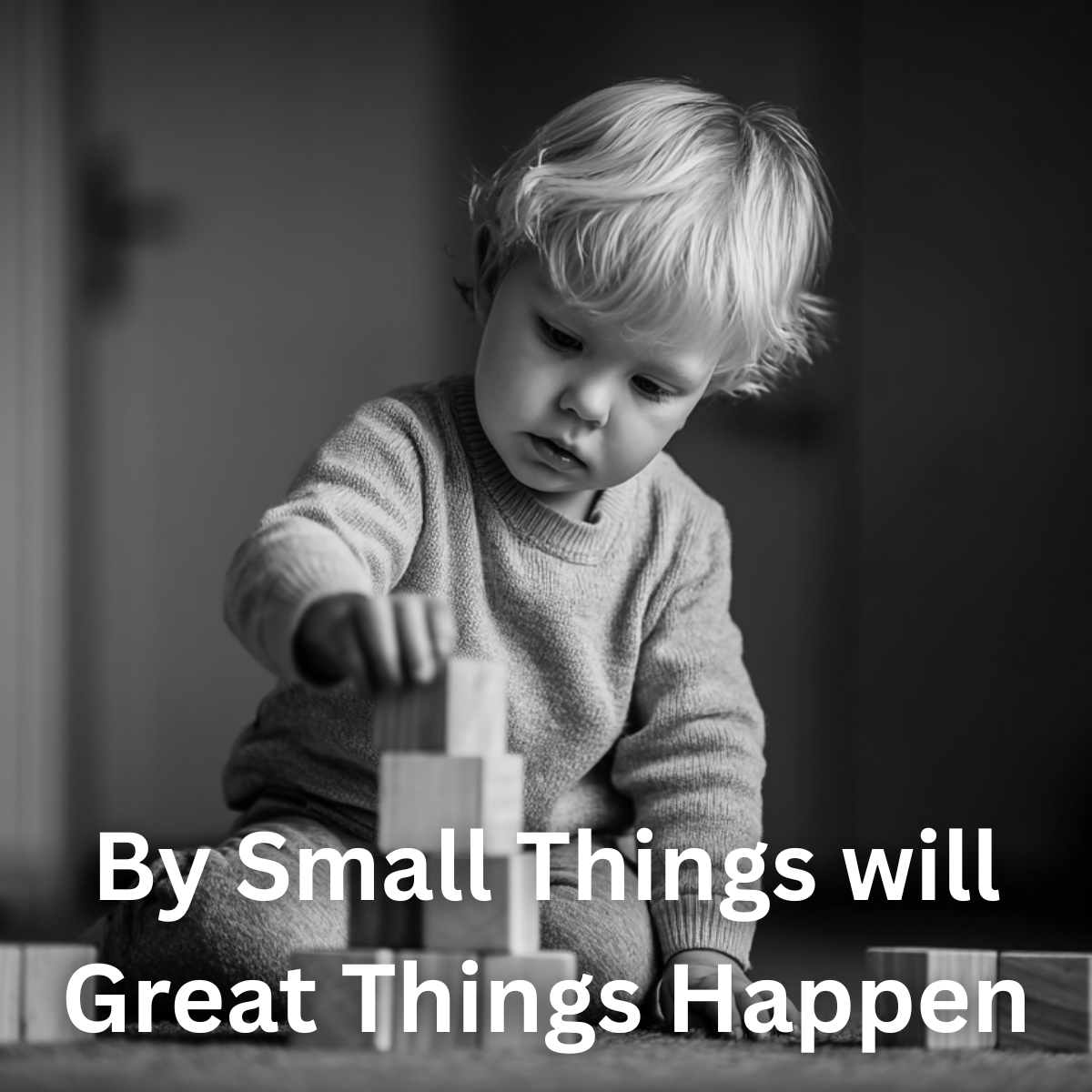We filled the conference room with the usual markers and the quiet hum of the city going on outside the window. The whiteboard was our focus. We were drawing boxes and arrows, naming the stubborn places where work tends to stall, tracing the path that real people take through a process that rarely cooperates with real life. I watched our lines connect and thicken, and I felt a surprising sense of responsibility. Every choice we drew carried weight. If we made this flow simpler, someone would end a day a little less frustrated. If we made it clear, someone would walk into work and know what to do and why it mattered. We were not mapping software. We were mapping a chance for a person to breathe easier in the middle of a busy day.
In the middle of that session, as we kept circling back to bottlenecks and handoffs, a thought returned and refused to leave. I should do this same thing with my own life. Not the tidy version I like to describe in meetings, but the honest version, the one that reveals the places where I am spending energy without progress and the places where momentum gathers on its own. I imagined standing at a whiteboard with no one else in the room, drawing my roles, my obligations, the habits that work for me, and the patterns that sabotage me. The picture would not be pretty at first. It would be crowded, maybe even a little embarrassing. Yet it would be mine, and it would be true.
I have learned that when I draw something, when I give it shape and position and name, my mind treats it differently. There is a calm that comes with seeing the whole field. Maybe it is the simple grace of attention. Maybe it is that words and images together carry more weight than either would alone. There is a reason a sketch on a board can communicate what a paragraph cannot. That is not a novelty of modern tools. It is part of how we think and remember, and it is why a visual map of life can break through the fog of obligations and fear. I remind myself of this when I am resistant to clarity, when I would rather stay busy than be honest. The moment I draw it, the excuses thin out, and the next step becomes obvious.
Back in the room, we argued over one small decision. Do we ask a user to make a choice early, or do we let the system guess for them and correct if needed. The debate seemed minor until we traced it forward. That small branch of the diagram affected everything downstream. In the same quiet way, there are choices in my day that seem trivial in the morning and become expensive by sundown. I can decide to ignore a relationship because it feels inconvenient, and by evening I am dealing with misunderstanding and friction. I can press on without rest, and by the time I reach the afternoon I am operating in a fog and calling that grit. The board does not lie. It exposes the compounding effect of small decisions, the way a subtle nudge early can either bless or complicate everything later.
When our meeting finally broke, I stayed behind. The whiteboard still wore the ghost of our work, smudged and resolute. I imagined sketching my personal map right there, in that same room, with that same marker. I pictured circles for the roles I carry. Father. Colleague. Builder. Friend. Student. I saw lines for the obligations that keep me honest. The commitments I have made to my health, the creative work I claim to value, the spiritual practice that reminds me who I am. I marked the places where I reliably stumble. The late night that turns into a compromised morning. The social scroll that masquerades as rest but leaves me restless. The heroic push that should have been a humble pause. A tightness settled in my chest, not the anxious kind, more like the feeling of being caught and forgiven at the same time.
As the picture formed in my mind, I remembered a season when I mistook motion for progress. My days were full, and my board would have looked like the wall of a detective with too many suspects and not enough evidence. I see now that the chaos was useful. It told me something true. I had said yes to too many good things and in doing so had said no to the best things without noticing. That realization hurt for a while. Then it helped. I erased whole branches. I redrew lines with more room around them. I gave my attention a center. I learned to say not now with a clear conscience. The map changed, and so did my life.
The discipline that makes software better is the same discipline that makes a life better. We get everything out where we can see it. We admit the connections. We face the friction. We ask what adds value and what adds vanity. We stop pretending that the path is straight when it is not, and we accept that complexity is not a sign of failure, it is a sign of reality. Then we begin to carve a simpler route, one path at a time. We keep drawing and erasing, not because we are indecisive, but because we are faithful. We care enough to return and try again.
There is a grace in tracing your own footsteps. When I draw the parts of my day that give me life, I notice how quietly they anchor me. A conversation at the table that never feels urgent but always proves important. A walk that I plan to shorten but rarely do, because the world has a way of speaking sense when I am moving through it. A page that I write and never share, that somehow settles the rowdy parts of my mind. The map reminds me that these are not luxuries. They are pillars. If I remove them, the structure wobbles and all my efficiency gains collapse into noise.
Of course, there is a temptation to turn a map into a performance. I know that trap well. I begin to draw for the sake of neatness, to impress a version of myself who values order above truth. That is not the point. The point is not to present a portfolio. The point is to gain perspective. I want the drawing to nudge me toward courage. I want it to show me where a conversation is overdue, where a boundary would be kind, where another person’s need is quietly waiting for my attention. I want it to make me grateful for what is already good, and honest about what is not.
When I finally stood to leave, I took one last look at our design. The arrows had a purpose that felt larger than the project. We were building a path that could make someone’s day easier. That is reason enough to do careful work. Then I thought again about the private map I had imagined. If the point of our software is to give people back a measure of clarity and time, the point of my own practice is the same. I want to give back to my future self a little more room to breathe, a little more confidence to choose well, a little more of the quiet satisfaction that comes from placing my effort where it matters.
So here is my simple invitation, for you and for me. Find a board, a notebook, a space on a table that you can claim for a while. Draw your life as it truly is. Mark the necessary and the noisy. Name the work that serves others and the work that only makes you look busy. Be generous with what you keep. Be courageous with what you erase. Let the picture tell you what it has been trying to tell you for a long time. Then walk back into your day with the humility of a person who has seen the whole field and the resolve of a person who knows where to begin.




